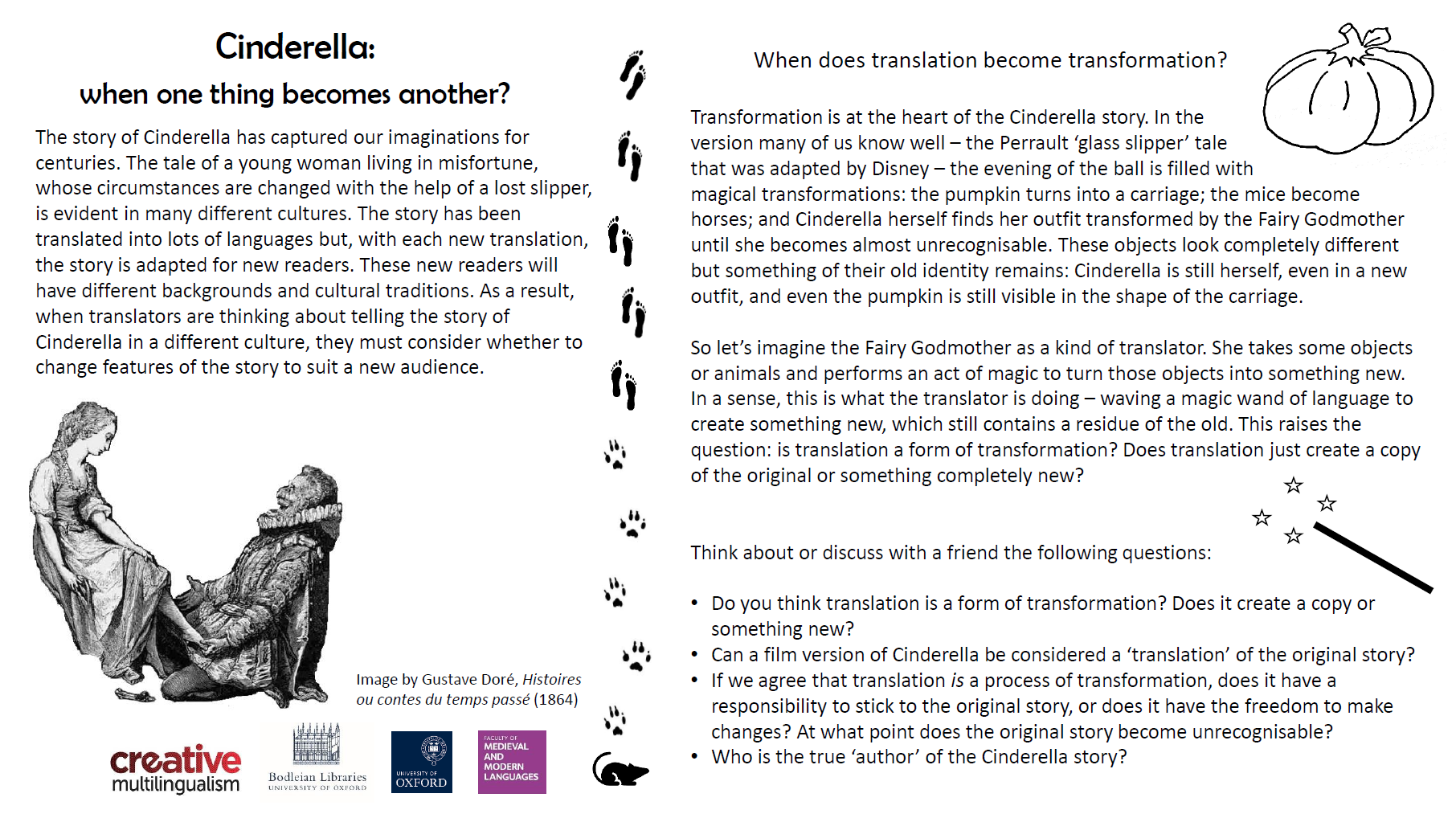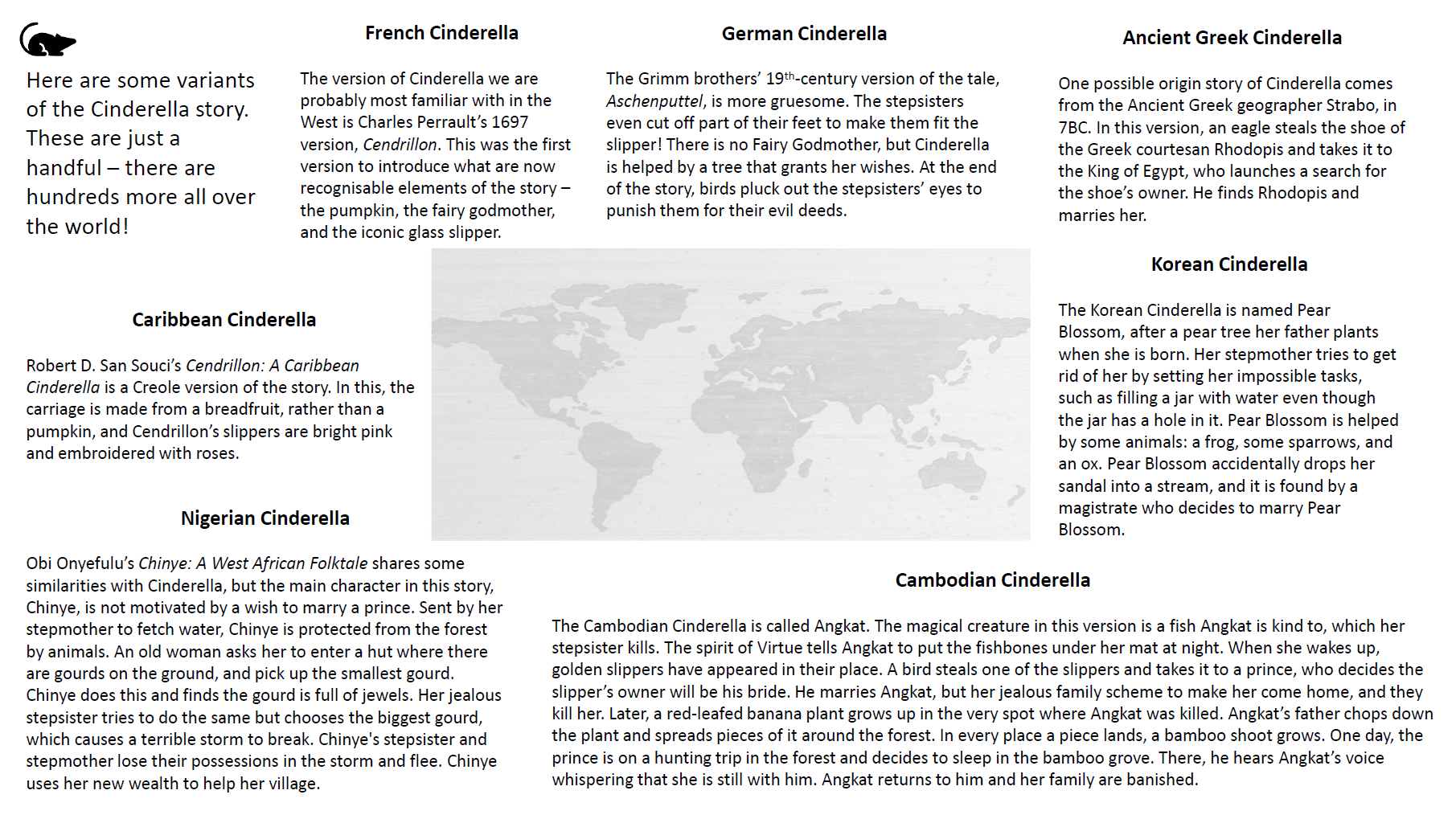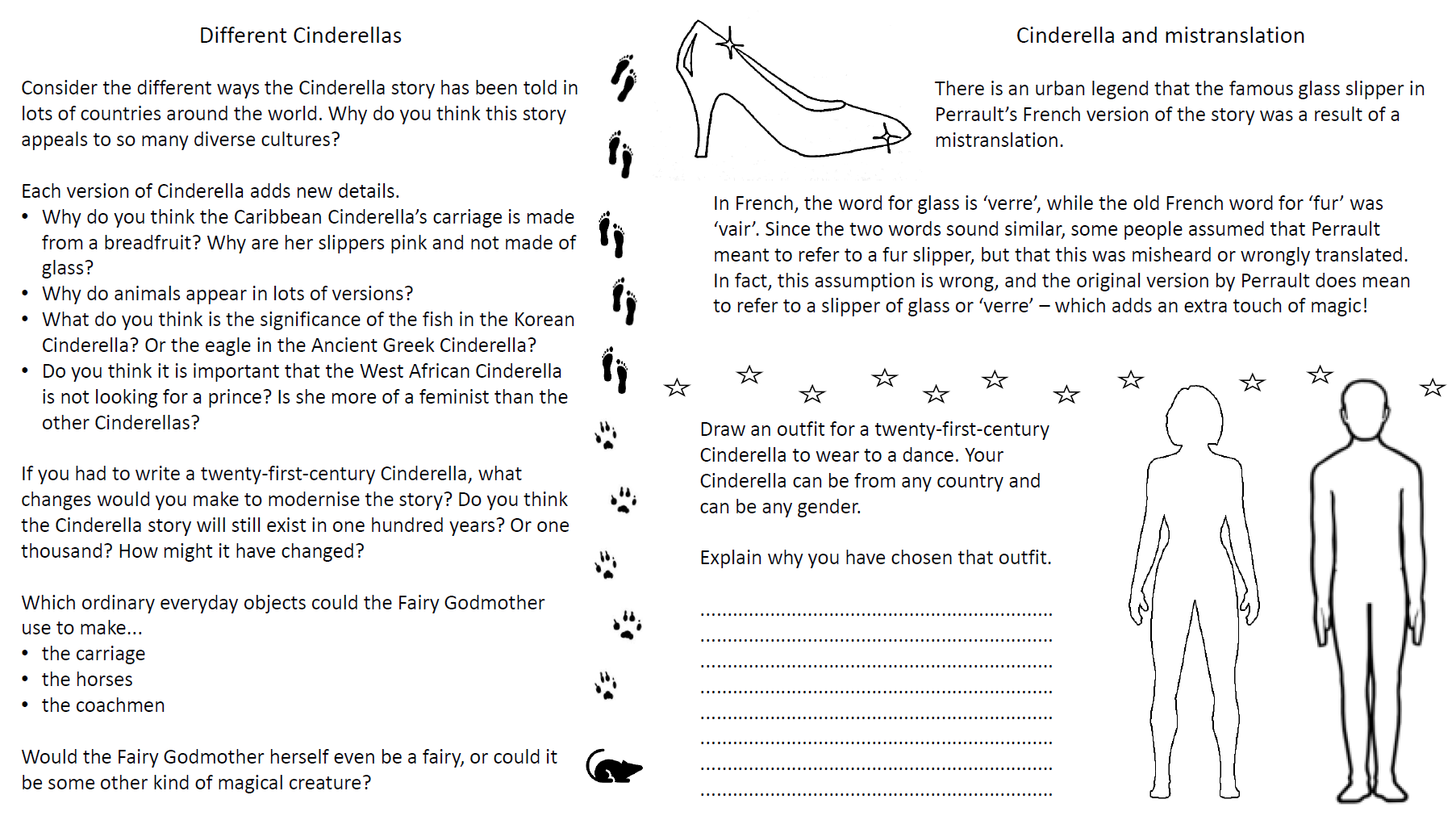In February, we brought you news of an exciting exhibition that is currently running at the Weston Library in Oxford, ‘Babel: Adventures in Translation’. The Babel exhibition is running until 2nd June. If you’re passionate about all things multilingual and interested in how translation has shaped cultures, we would recommend a visit – perhaps after coming to the Modern Languages open day this Saturday. You can also get involved in the creative translation competitions, which run until 15th May, organised by the Creative Multilingualism Programme.
For now, we thought we’d delve a little deeper into one of the exhibition cases: traversing realms of fantasy. This case includes a number of fascinating items, including translations of Through the Looking Glass, translations of the Harry Potter series, and various translations of Cinderella. As one of the curators tells us: “Fantasy allows us to travel without restriction to new places, and inhabit or invent new scenarios. Fairy tales, magical plots and even insignificant items such as a slipper can prompt inventive retellings and manifold adaptations. It’s not surprising therefore that fantasy and magic are uniquely well suited to being passed on from one cultural group to another. Translators play a vital role in that process –and it’s often futile to distinguish rigidly between translation, retelling and creation.” (Katin Kohl, Faculty Lecturer in German, Fellow of Jesus College, in the Babel Teacher’s Guide).
The story of Cinderella is an example of how a fairytale can overlap many diverse cultures. Versions of the story have been around for millenia and exist all over the world. While the premise of the story often remains the same – a young girl is mistreated by her family before escaping, with the aid of a magical creature, to a better life – details can vary from one tradition to another. The Cinderella story raises questions like: to what extent can translation be considered a process of transformation? Does the translator have an obligation to remain ‘faithful’ to the original text? What does ‘fidelity’ even mean in the context of linguistic transfer?
Here is a worksheet produced for visitors to the exhibition. It touches on versions of Cinderella from France, Germany, Ancient Greece, the Caribbean, Korea, Nigeria, and Cambodia. If you’re interested to find out more, have a read of it (if you’re struggling to read it within the blog, try right-clicking and opening the images separately, or access a pdf here). You don’t need to see the exhibition itself to understand the material included here but we would certainly encourage you to do so!



